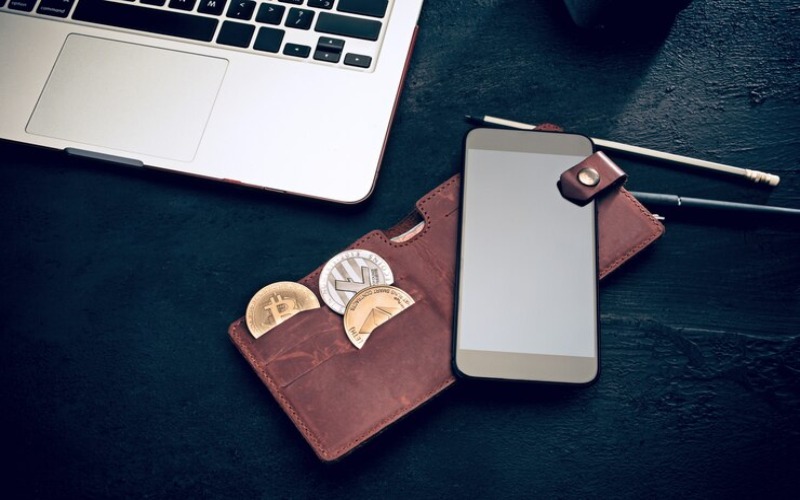The days of rummaging for a physical wallet are disappearing as fast as checks. Digital wallets—led by Apple Pay and Google Pay—are now the default payment methods for many consumers, and for good reason. As we stride into a new era of commerce, these digital options are not just changing how we pay; they’re reshaping our entire relationship with money and shopping.
Walk into a modern coffee shop, and you’ll see bulky card terminals replaced with sleek, contactless readers responding instantly to a tap of your phone. What started as a quirky alternative to cash has morphed into an everyday expectation. Over the last decade, merchants have gleaned a ton of insight into user preferences at the point of sale, and that knowledge is now defining the next frontier of digital payments.
Under the hood, NFC (Near Field Communication) lets your phone act as a secure payment portal, tokenizing sensitive data to keep it out of a merchant’s reach. This shift has meant major improvements in convenience and fraud reduction. Apple Pay and Google Pay, for instance, rely on tokenization, so your actual card details never see the light of day in a merchant’s system. For an industry perpetually on edge about data breaches, that kind of built-in security is invaluable.
Tapping for Coffee Is Only the Beginning
The effects of digital wallets aren’t limited to coffee runs. Online retailers—historically plagued by cart-abandonment rates near 70%—are leveraging one-tap checkout solutions from wallets that can reportedly boost conversion by up to 58%. Specialized apps like Affirm or Afterpay sweeten the deal, offering flexible financing at nearly zero interest in favorable economic conditions. This synergy of convenience and affordability has convinced countless shoppers to “buy now” rather than wait.
But maybe the most fascinating part is how seamless it feels. From morning coffee to evening grocery trips, our phones have moved beyond basic payment tools and turned into lifestyle managers, storing loyalty cards, boarding passes, and just about everything else in the consumer experience. Convenience is king—until you look at the crowded field of competitors.
Are We Solving the Right Problems?
It’s hard to ignore the fact that digital payments today can feel oversaturated. Beyond Apple Pay and Google Pay, we have Amazon Pay, Shopify’s Rails, Venmo, Cash App, and more. While we know from history that multiple players can split up the market, it raises a critical question: are we truly solving the big financial headaches, or just refining checkout lines?
Most digital payment innovations focus on e-commerce optimization—tackling friction at checkout or layering on lifestyle perks. That’s valuable, sure, but cross-border transactions remain a glaring gap for many of these solutions. If you’re transferring money overseas or paying remote freelancers, you still might face clunky processes, hidden fees, and multi-day delays. As someone who’s spent a large chunk of my career dissecting payments and monetization platforms, it’s clear that bridging these cross-border inefficiencies is one of the largest unrealized opportunities in fintech.
Yes, we’ve come a long way from manually typing card details or fumbling for exact change. But the next phase of digital wallets isn’t about making the in-store experience slightly faster; it’s about rendering cross-border barriers nearly invisible. Imagine a system where a gig worker in one country can receive payment from a client in another within seconds—without a handful of middlemen adding fees at every turn.
How to Get There
One possibility: major digital wallet players (like Apple or Google) could expand their rails, forging alliances with local banks to seamlessly convert currency and handle compliance. Another angle is a coalition of fintech and traditional institutions that sets a universal standard for cost-effective cross-border transfers—an extension of what domestic systems have accomplished.
Of course, success also demands that we address trust. While tokenization curbs fraud, cross-border rules complicate things. That’s where AI-driven compliance could help. Just as background-check providers or finance platforms rely on machine learning to flag anomalies, we can apply similar intelligence to payments. Ensure each transaction meets local AML thresholds in milliseconds, and if there’s a hold, explain it clearly so customers don’t lose faith in the service.
In a retail environment, it’s easy to focus on how quickly a phone’s tap can process a late payment. But this revolution in payments has the potential to reshape global commerce far beyond your local café. As adoption grows, digital wallets are branching into loyalty programs, personalized financing, and more seamless online-to-offline experiences. The question is whether providers will stay hyper-focused on consumer convenience alone or attempt a broader mission of unifying siloed rails across borders.
From my vantage point in payments innovation, addressing these larger systemic flaws is where the real paradigm shift lies. Accelerating domestic checkouts and offering BNPL are good steps, but the bigger rewards come when digital wallets—and the underlying payment infrastructures—can serve everyone, regardless of nationality or platform.











